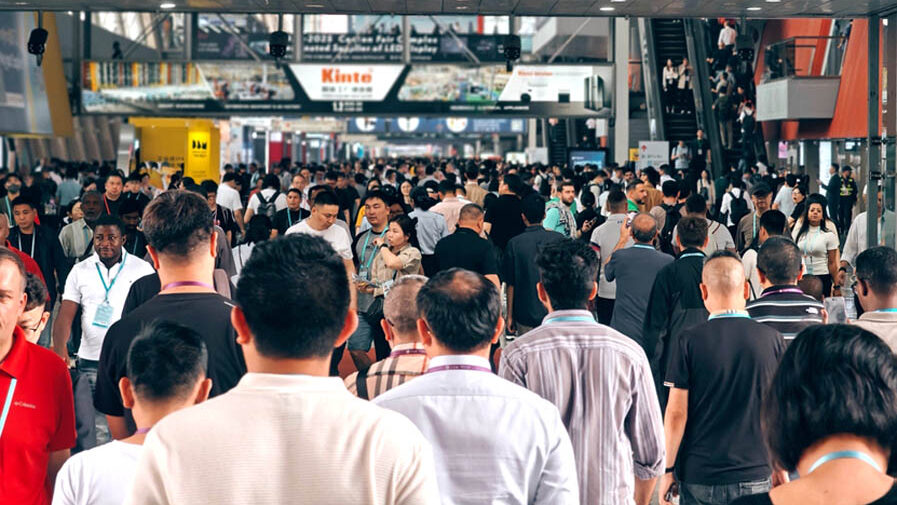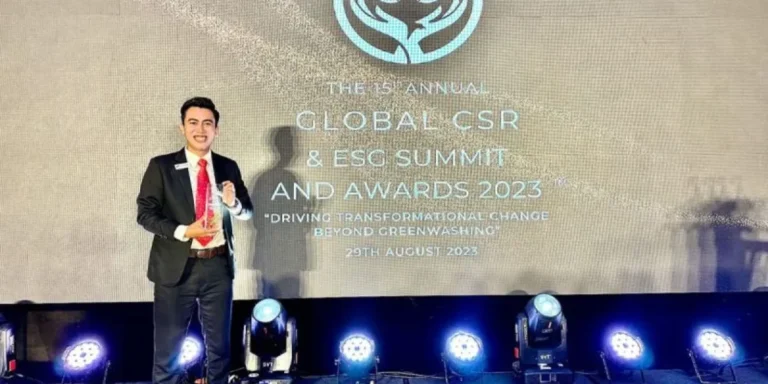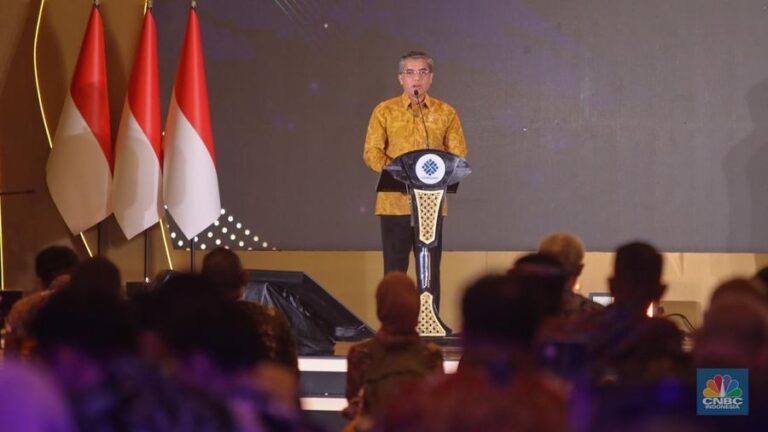India – As the world enters a new phase of economic slowdown, driven by heightened geopolitical tensions and rising trade uncertainties, India and Vietnam stand out as exceptions—navigating global disruption with purposeful economic direction and strategic policy responses.
According to the World Bank’s Global Economic Prospects report (June 2025 edition), global growth is projected to slow to 2.3 percent—marking its weakest pace since the 2008 financial crisis, excluding periods of global recession. Protectionist trade policies, rising inflation, and climate volatility are reshaping global supply chains and forcing emerging markets to recalibrate their economic trajectories.
Yet amid this turbulence, India is forecasted to grow at 6.3 percent in 2025, and Vietnam at 5.8 percent, placing them among the highest-performing economies in the developing world. These numbers may be revisions from earlier optimistic estimates, but they reflect a deeper structural resilience.
India’s ascent as a hub for global manufacturing and digital services is no accident. A combination of proactive infrastructure investment, regulatory reform, and industrial incentives has attracted multinational firms looking to diversify away from China. With consistent political signaling and legal certainty, India is strengthening its position in the post-globalization economy.
Vietnam, meanwhile, has quietly become a new engine of high-efficiency manufacturing in Asia. Its integration into free trade agreements, agile export logistics, and cost-effective labor have made it a prime location for production relocation. From textiles to electronics, Vietnam’s value-added manufacturing is increasingly drawing attention from global investors.
In contrast, many countries—including Thailand, Brazil, and even major G20 members—are experiencing sharper corrections to growth expectations. The OECD has also revised its global outlook downward, reflecting mounting risks associated with prolonged trade friction and policy fragmentation.
The implications are clear: countries that offer clarity of vision, policy continuity, and long-term planning will fare better in this multipolar economic landscape. India and Vietnam have embraced this reality, positioning themselves not just as survivors of the global slowdown, but as strategic frontrunners.
Amid weakening global demand, rising commodity pressures, and inflation volatility, both economies have capitalized on opportunities to reposition their global roles. As the World Bank warns of deepening poverty and widening inequality in many developing countries, India and Vietnam are advancing through smart, measured steps in governance and economic modernization.
Their success is not accidental—it is designed. In an era of rising complexity, resilience is no longer reactive—it is strategic.









